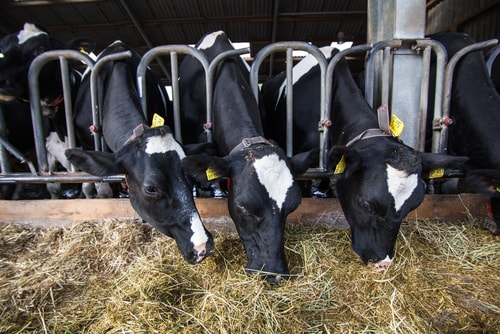American hay exports to China was strong until Chinese stance on GMOs hindered transports
By Diego Flammini, Farms.com
While corn, soybeans and wheat traditionally dominate farmlands and are key crops when it comes to the markets, there are some products that may not get as much attention but are just as important to the farmers growing them – hay is one of them.
Hay, for the uniformed, is different from straw as it’s used as feed for livestock while straw is primarily used as bedding for the animals.
In 2014, the United States harvested more than 57 million acres of hay – the top three producing states were Texas with about 11 million tons, California with more than 7 million tons and South Dakota, which produced more than 6 million tons of hay.
Also in 2014 the United States was enjoying the successes of exporting their hay products overseas, mainly to China. However, when China took a firm stance on genetically modified crops, it rippled through the hay industry.
Between 2009 and 2013, alfalfa hay exports reached 785,000 tons, but after it was revealed that much of the crops contained genetically modified alfalfa, shipments dropped to around 172,700 tons, almost 22%.
Having high quality hay goes hand in hand with having high quality equipment. Most of the major players in farm machinery have a line of hay and forage equipment available for farmers to invest in based on their needs.
For those who can’t get enough hay, the 29th annual Hay & Forage Expo will take place June 24 and 25 in Cannon Falls, Minnesota.
Join the conversation and tell us if hay production is part of your farm operation and the steps you take to make sure it’s high quality, high yield hay.

Cows eating hay